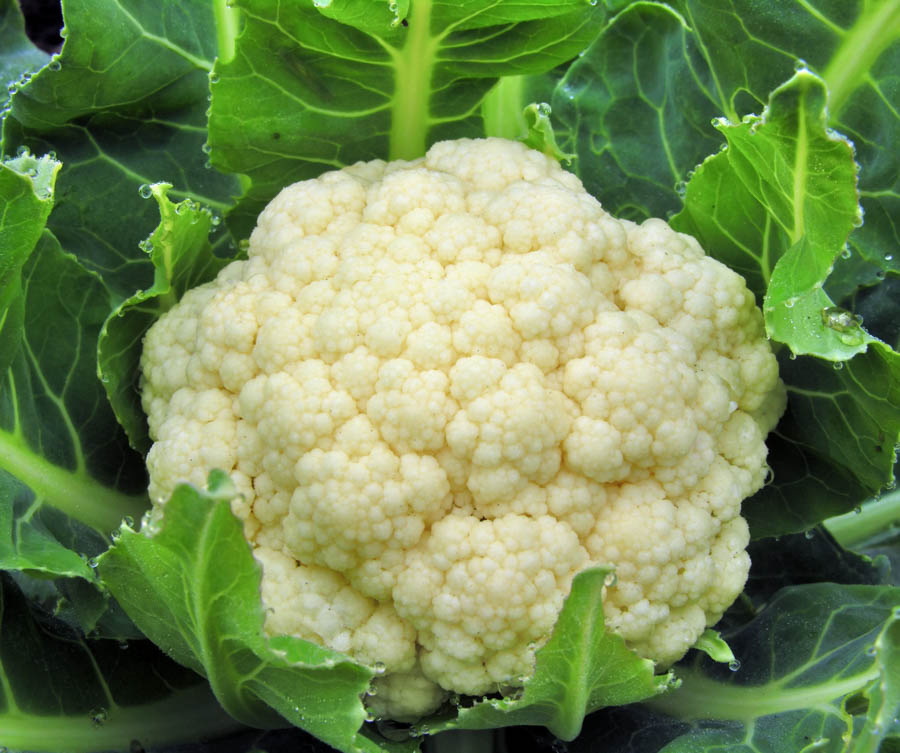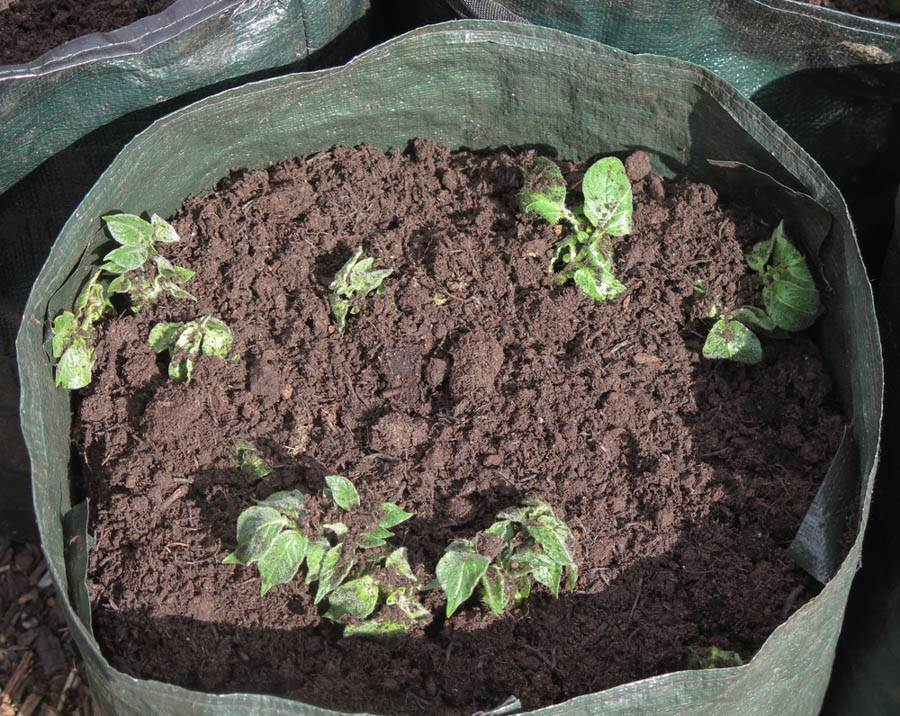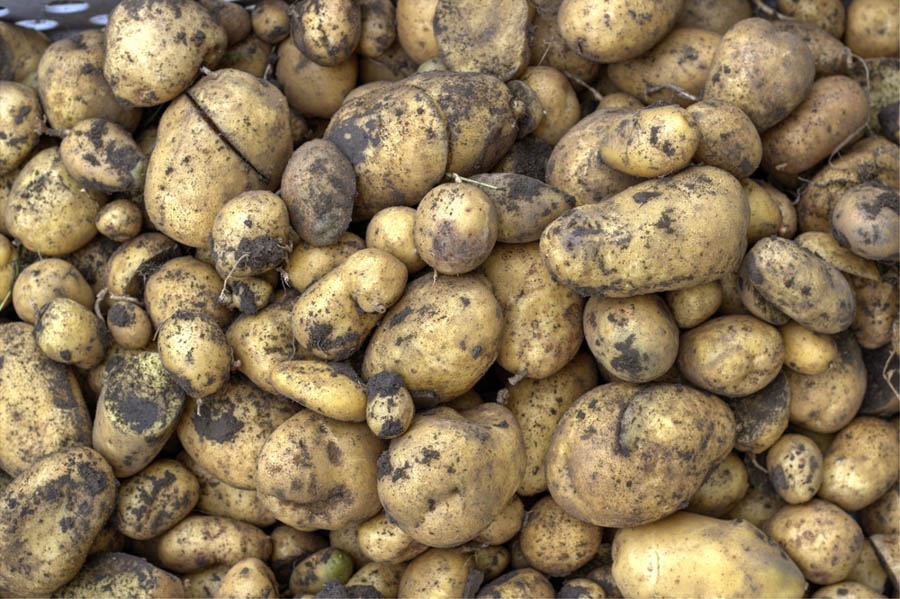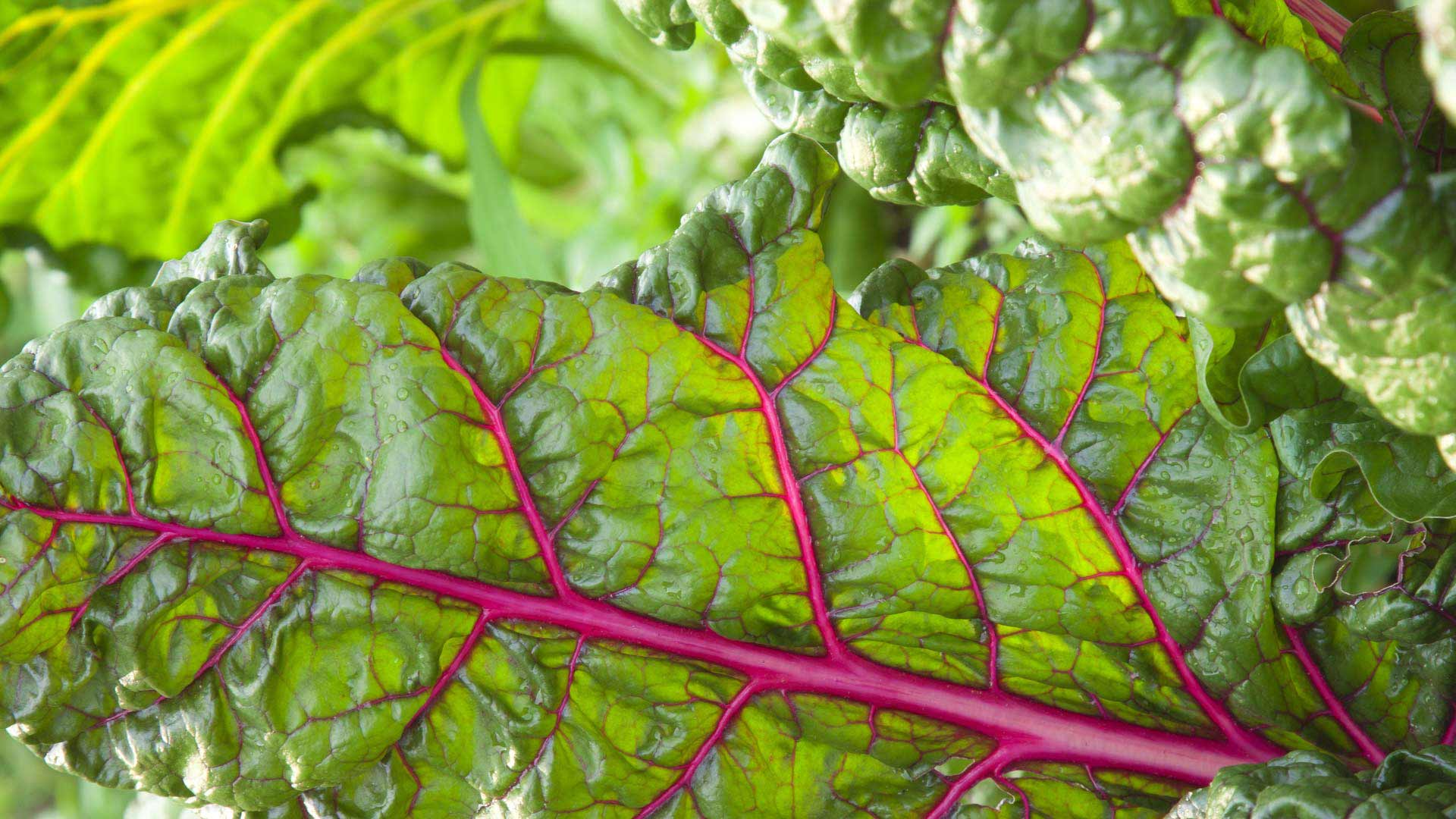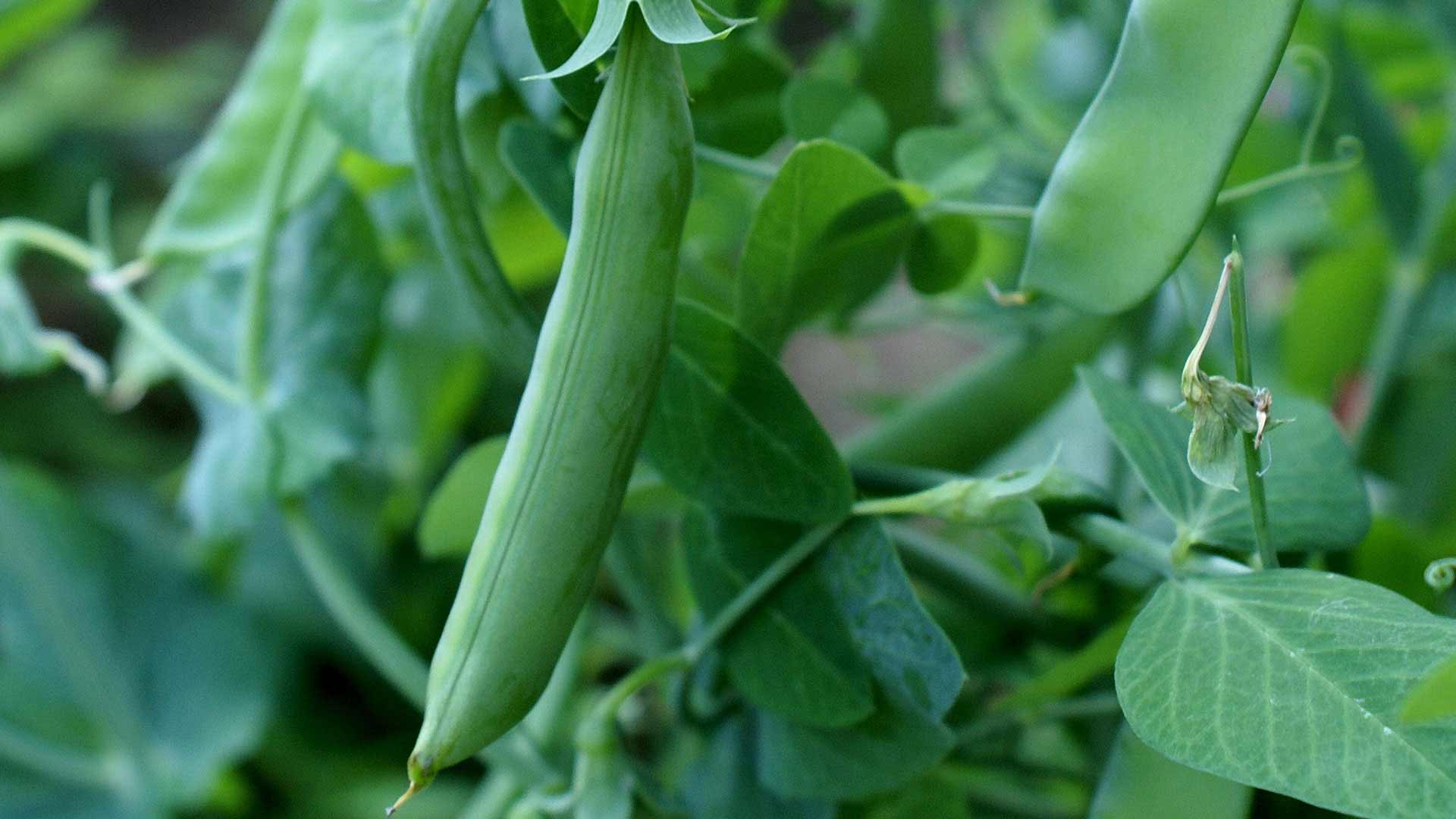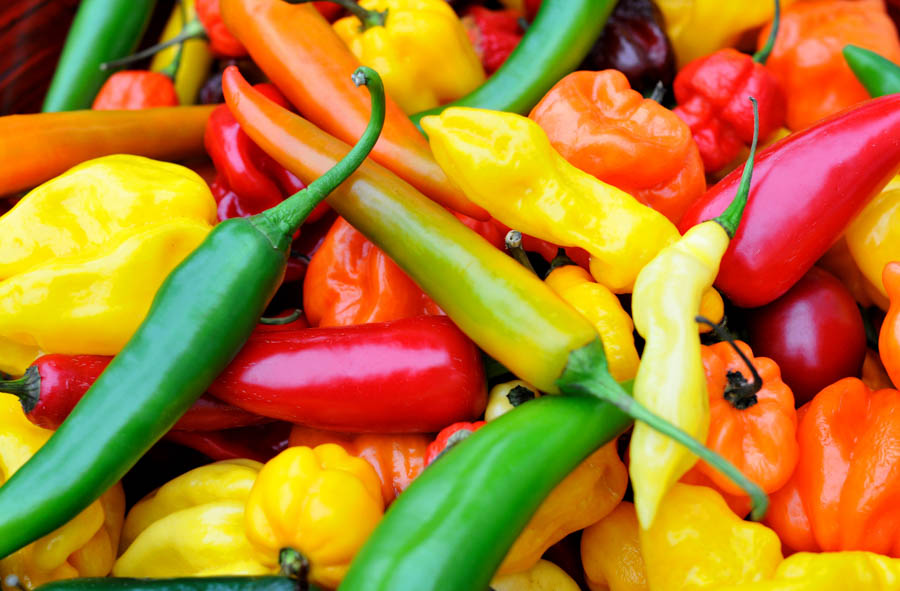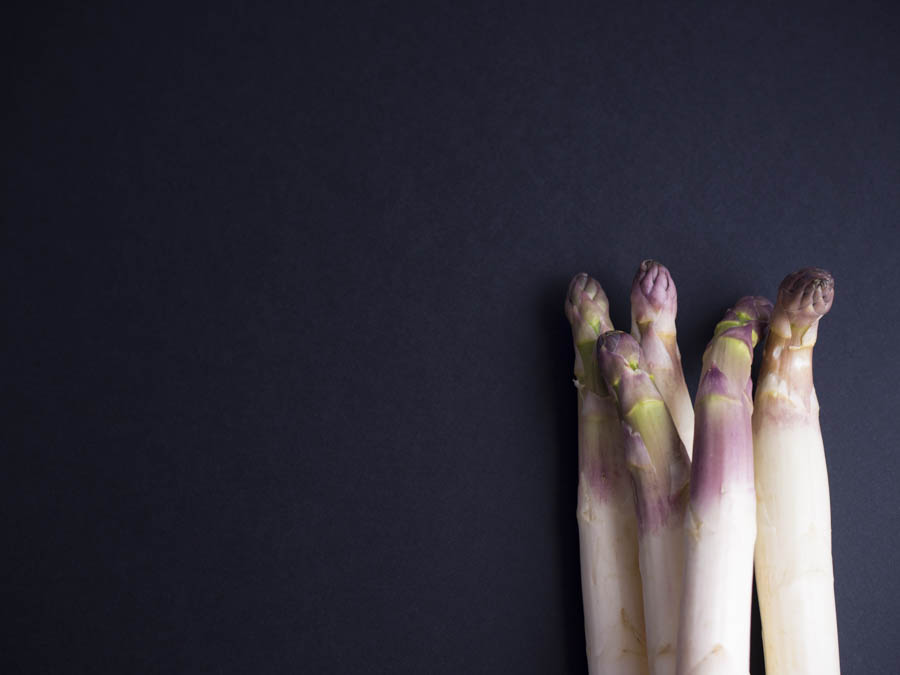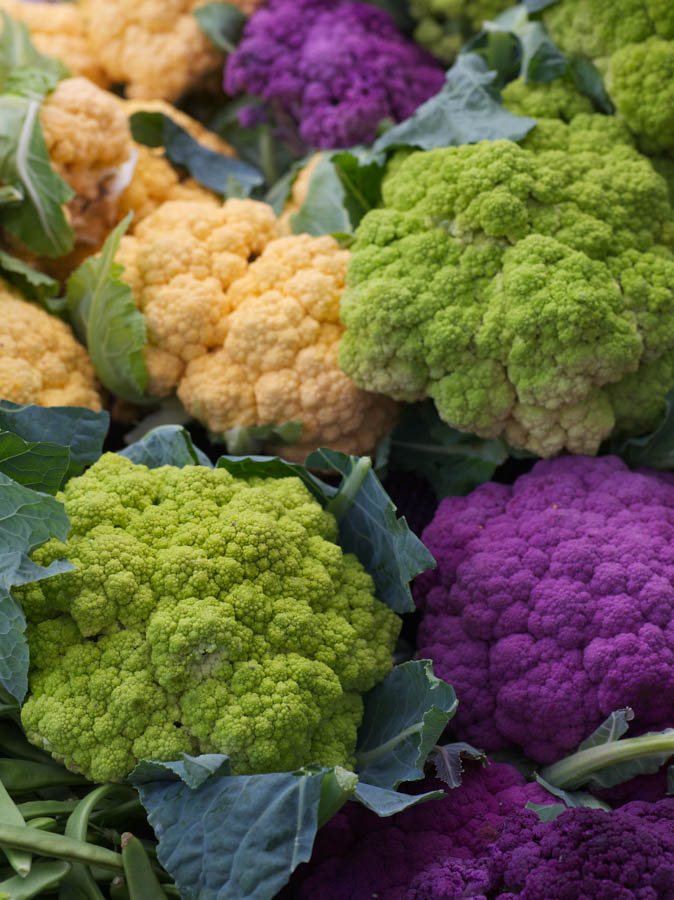Dig in
Soil Fertility Needs For Growing Cauliflower
Cauliflower and other brassicas are moderate to heavy feeders, and need sufficient levels of many nutrients, such nitrogen, phosphorous, potassium, zinc, and micronutrients or trace elements. GardenZeus recommends working compost and/or composted manure into soils before planting cauliflower, and growing cauliflower only once every 2 to 4 years in a given bed or garden area […]
Read More
Three Tips for Growing Potatoes in Containers
October 27, 2017
Container Gardening
/ Organic Gardening: Vegetables
/ The Mighty Garden Archive
By: Ann Clary
Potatoes make excellent container plants: growing potatoes in containers saves garden space, reduces the necessity of weeding, reduces the risk of exposure to pests and fungi, and reduces the risk of damaging the potatoes during harvest. Not sold on containers yet? Potatoes are hilled: soil is “hilled” up around the stems of potato plants to […]
Read More
How to Purchase Seed Potatoes
GardenZeus recommends growing potatoes not from true seed but from seed potatoes, pieces of whole potato or a small whole potato. To avoid purchasing and using diseased or infected seeds, purchase only certified disease-free seed potatoes from a reputable source. Non-certified seed potatoes may carry root knot nematodes, or various viral diseases. Quality certified disease-free […]
Read More
Advanced Tips for Growing Chard Over Winter with Minimal Effort
For most of its long history prior to being a cultivated vegetable, chard was a wild beet; it performs best in soil conditions favored by root crops. Try giving chard loose, uniform, deep, fertile soil free of obstructions, with uniform soil moisture and sufficient nitrogen, and watch the show as chard grows to twice or […]
Read More
Peas in a Sustainable Garden: Benefits and Limitations
Considering adding peas, whether snap, snow or shelling, to your sustainable garden? Consider the benefits and the limitations. Peas do not naturalize well in many areas of California, and it may be more complicated to actually receive the benefit of soil-nitrogen fixation from legumes than many permaculturists and sustainable-gardening enthusiasts may claim or realize. Properly […]
Read More
Tips for Storing and Preserving Hot Peppers
Peppers may be stored fresh, frozen, pickled or dried. Peppers will continue to ripen after being picked. Store peppers at room temperature to encourage ripening. To slow the ripening process, store peppers under cool conditions. Under ideal storage conditions of 45 to 50° F and 95% relative humidity peppers will store 2 to 3 weeks. […]
Read More
How to Grow White Asparagus
Do you love the sophisticated look and delicate flavor of white asparagus yet pause at its price in the grocery store? White asparagus has a more delicate flavor from green asparagus and requires a slightly different growing method. Here are our tips. To grow white asparagus, blanch stalks by mounding soil before the plants […]
Read More
6 Tips for Growing Cauliflower in Mediterranean Climates
Although cauliflower will remain vulnerable even during the cool season to both warm and cold extremes, it can be grown successfully. GardenZeus expert Darren Butler recommends that you give it a try, despite its reputation for difficulty. Here are 6 tips for growing cauliflower over the winter in warm Mediterranean climates. 1) Select appropriate varieties. […]
Read More
Advanced Tip: Cauliflower and Companion Planting
What to plant with cauliflower, a vegetable with a reputation for being somewhat fussy and difficult? Cauliflower is traditionally planted with beans, peas, spinach, and celery. It may benefit from being planted near herbs such as sage, dill, and chamomile. GardenZeus expert Darren Butler generally disagrees with most claims about usefulness of companion planting with cauliflower […]
Read More
